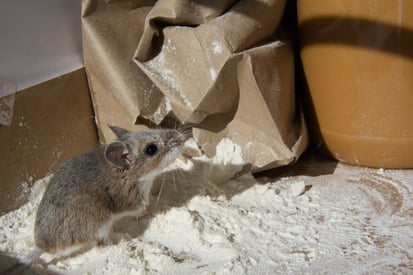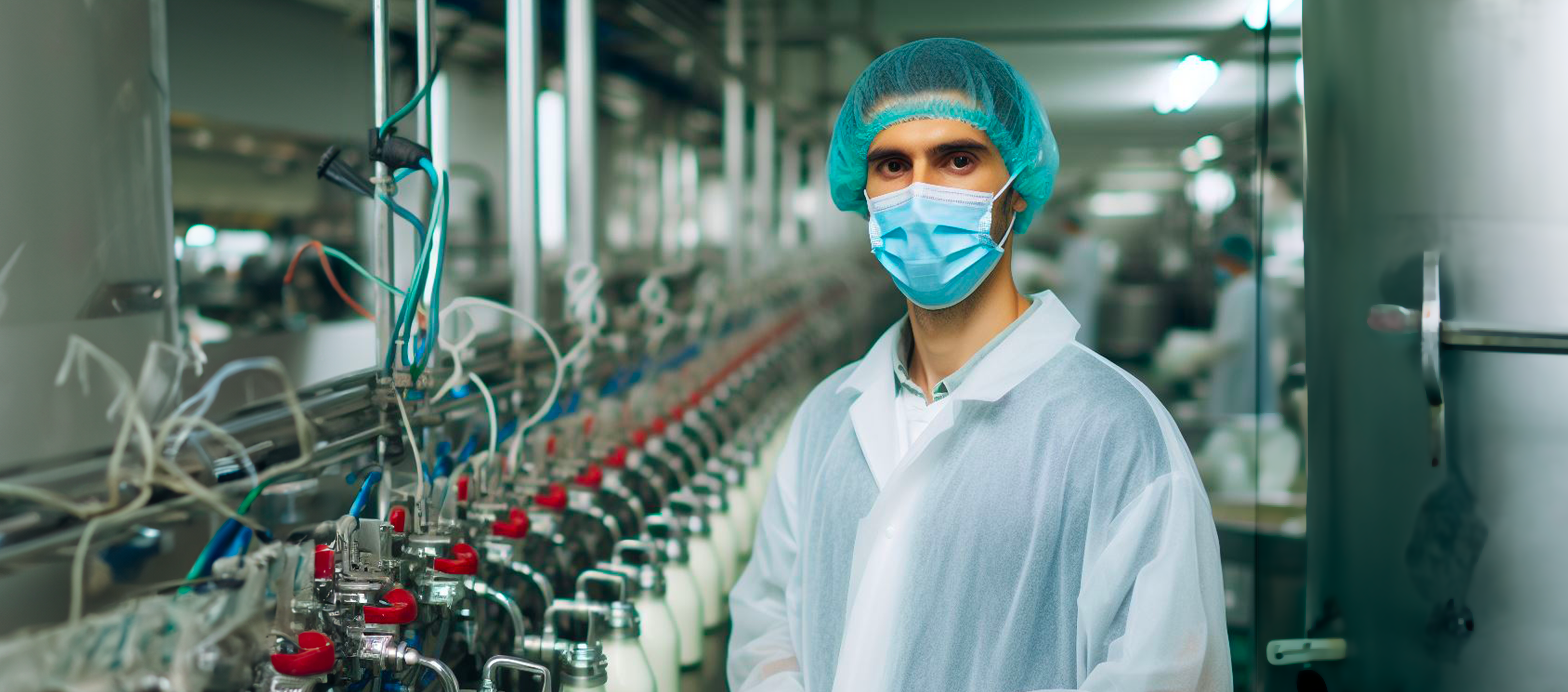Risk Analysis and Value Assessment in the Food Industry: why do they go hand in hand?
With the ever changing and increasing demands of different food types and exotic ingredients from consumers across the globe; they also want confidence that the food on their table is safe for them and their families. With this globalization of people and foods, the need for bending the curve for food borne illness, maintaining quality without compromising biosecurity adverse environmental effects, personal health and safety becomes crucial.
Food safety and quality programs have always been risk based. These programs must be developed based on risks related to a specific company’s ingredients, products, facility, production, equipment and supply chain.
Risk Analysis Process
Risks exists in every step of the way from farm to table: but organizing them, analyzing them systematically and preventing them is the key to success. Analyzing the risks to determine the hazards and to classify their immediate, intermediate and long-term effects on human health is necessary. Establishing appropriate measures of control to prevent, reduce or minimize these risks while identifying the best way to communicate this information to public is key. Risk Analysis process consists of three elements: risk assessment, risk management and risk communication.
However, prior to looking into risk assessment, understanding the difference between risk and hazard is important.
Hazard
It is a biological chemical or physical contaminant in food. When controls to prevent them are not in place they can cause an illness or lead to injuries to consumers.
Risk
It is a probability that a hazard can occur in a food product. There is an uncertainty for predicting the presence or distribution of hazards in products.
Risk Assessment
 Risk Assessment is an evaluation to see if there are any factors which may threaten the safety of a food or ingredient and prevent contamination and illness. Finding out where the risks of contaminations originate from and mitigate them is critical. As regulatory agencies and retailers implement rules and require manufacturers for detailed information, complying becomes even more difficult. Thus taking steps to ensure the safety and quality of foods is more important now than ever before.
Risk Assessment is an evaluation to see if there are any factors which may threaten the safety of a food or ingredient and prevent contamination and illness. Finding out where the risks of contaminations originate from and mitigate them is critical. As regulatory agencies and retailers implement rules and require manufacturers for detailed information, complying becomes even more difficult. Thus taking steps to ensure the safety and quality of foods is more important now than ever before.
This scientifically based process consists of the following steps:
1. Hazard identification: identification of the hazard capable of causing adverse health effects and which may be present in a particular food or group of foods
2. Hazard characterization: qualitative and/or quantitative evaluation of the adverse effects of the hazard on human health and likely to occur in target population
3. Exposure assessment: qualitative and quantitative evaluation of the ingestion of the hazard likely to occur
4. Risk characterization: process determining the qualitative and/or quantitative estimation, including uncertainties, of the probability of occurrence and severity of known or potential adverse health effects in a given population based on the three above steps.
 Risk assessment process uses science- based evaluations of every known potential health effect that can result from exposure to biological, physical and chemical hazards.
Risk assessment process uses science- based evaluations of every known potential health effect that can result from exposure to biological, physical and chemical hazards.
Risk Management
Hazards in ingredients or food can be controlled by establishing safe practices and handling procedures, robust validated food processes and adhering to good Food Safety and Quality assurance standards. These standards must take into consideration the proper use of acceptable safe limits for contaminants and agricultural chemical residues in food established using the risk assessment process.
The advantage of risk management approach is to increase the amount of knowledge needed to make sound food safety decisions.
Risk Communication
 Risk communications is the last step of the Risk Analysis process. Clear communication of the risk analysis process has many advantages. It provides scientific review of food hazard identification and an assessment of risks and helps provide information necessary for preventing, reducing or minimizing food risks to safe acceptable levels.
Risk communications is the last step of the Risk Analysis process. Clear communication of the risk analysis process has many advantages. It provides scientific review of food hazard identification and an assessment of risks and helps provide information necessary for preventing, reducing or minimizing food risks to safe acceptable levels.
One part of risk assessment is value or gap assessment, and it will be referred to as value assessment throughout this document.
Value Assessment
By examining the gaps in the manufacturing process: ingredient receiving to shipping, food manufacturers can develop best practices across the organization for continuous improvement. Further facilities can make consistent high quality safe products which will be compliant at all times, shave off resources, reduce redundancies, increase efficiencies and also attain their sustainability goals. Companies can compare performance with potential.
 The value assessment provides companies with a basis of assessing the effectiveness of their current processes and how they can be improved.
The value assessment provides companies with a basis of assessing the effectiveness of their current processes and how they can be improved.
Novolyze provides manufacturers a unique combination of Value Assessment and Risk Assessment tools which helps manufacturers reduce redundancies, increase efficiencies, become compliant, reduce or eliminate paper, optimize processes, reduce carbon footprint, reduce FTE, reduce water usage thereby helping companies also meet their sustainability goals.
Mitigating risks through Food Safety & Quality digitalization
As companies embrace this risk management approach, dynamic management of food safety and quality information becomes critical. Information includes but not limited to receiving ingredients, processes used to manufacture products, process environments and sanitation. Further the informatics systems need to optimize food safety risk management decision making with compliance.
A related challenge is how to analyze the information once it has been collected and adopt a systems approach. Information in silos cannot be accessed real time and hence unifying information in one unified system becomes crucial. This leads to process simulation modeling applications, sanitation-based applications, environment applications and food Safety and quality issues approached through a systems lens.
The management of food safety risks and value assessment is key to manufacture safe quality foods. Shifting from qualitative often non-transparent decision criteria to quantitative, fully transparent science-based decision making process. This dictates the need for dynamic real time information stored in one ecosystem by breaking down information silos. This also involves training stakeholders from CEO to plant management and every employee who will now have tools to learn and adapt to.
Contact us and learn how Novolyze can help your company at a plant level and enterprise level with Value Assessment and Risk Assessments.
References:
Risk Analysis of Food at FDA | FDA
Food Safety and Risk Assessment (food-safety.com)
Understanding and Managing Food Safety Risks (food-safety.com)
Risk Assessment: What Is It, and What Does It Have to do with My Food? | FDA
Codex alimentarius CAC/GL 30-1999- Principles and guidelines for the conduct of microbiological risk assessment available at: https://www.fao.org/fao-who-codexalimentarius/sh-proxy/en/?lnk=1&url=https%253A%252F%252Fworkspace.fao.org%252Fsites%252Fcodex%252FStandards%252FCXG%2B30-1999%252FCXG_030e_2014.pdf – Last date accessed 2022-02-18





